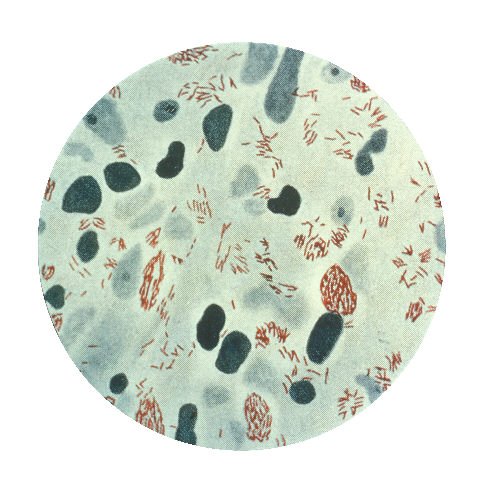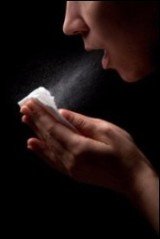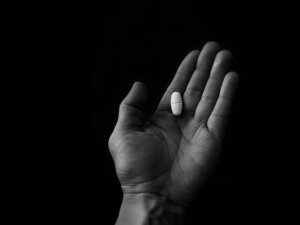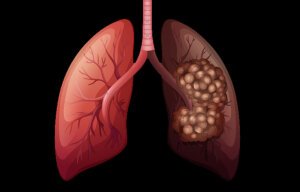
Leprosy (also known as Hanson’s disease) is a long-lasting infectious disease caused by Mycobacterium leprae (Bacteria).
Every year over 3500 people are diagnosed with leprosy and about 25% of patients having some degree of disability. Stigma and the discrimination against persons and communities affected by leprosy in Nigeria is very high, due to the myths and superstitions associated with fear of the disease.
Leprosy was once feared to be a highly contagious disease. However, the disease is now easily treated. Early diagnosis and treatment usually prevent disability.

Transmission
The bacteria that causes leprosy can spread from person to person. This might happen when someone with the disease coughs or sneezes, and thereafter the of releases droplets into the air. It might also happen if you are exposed to nasal fluids.
Symptoms
Symptoms may occur within 1 year but can also take as long as 20 years or even
more to occur. The disease can lead to a variety of conditions:
-Growths on the skin
-Thick, stiff or dry skin
-Severe pain
-Numbness on affected areas of the skin
-Muscle weakness or paralysis (especially in the hands and feet)
-Eye problems that may lead to blindness
-Enlarged nerves (especially those around the elbow and knee)
-A stuffy nose
-Nosebleeds
-Ulcers on the soles of feet
Since Leprosy disease affects the nerves, loss of feeling or sensation
can occur.
When loss of sensation occurs, injuries (such as burns or fractures) may go
unnoticed.
Extra caution should be taken to ensure the body is not injured.

Treatment
Leprosy is easily treatable. The duration of treatment would usually be 6
months to 2 years with a combination of antibiotics. The treatment regimen
would consist of a Multidrug therapy (MDT) comprising 3 drugs: dapsone,
rifampicin and clofazimine. This combination kills the pathogen and cures the
patient. Since 1995, WHO has provided free MDT for all patients in the world.











